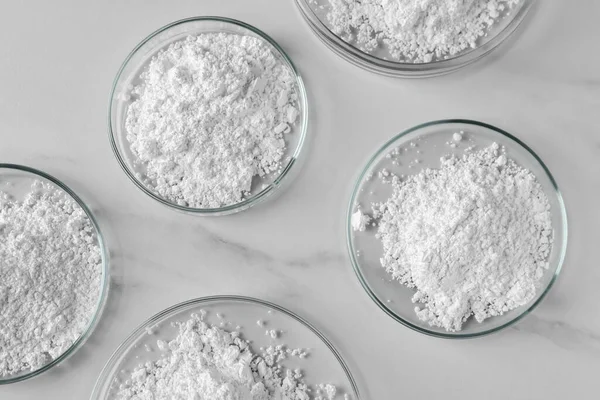Fine Industrial Minerals Photos

Industrial minerals are often best understood through visuals. While they may seem like simple powders, fine industrial minerals have distinct textures, colors, and physical properties that define their uses in manufacturing, cosmetics, electronics, and more.
In this post, we’ll walk through some of the most commonly used fine industrial minerals , and provide photo suggestions to help you identify and understand them visually.
1. Kaolin (China Clay)

Kaolin is a soft, white clay mineral widely used in:
- Paper coating
- Ceramics
- Cosmetics
- Pharmaceuticals
It’s known for its fine particle size , high brightness , and low abrasiveness .
2. Talc

Talc is the softest mineral on the Mohs hardness scale . It’s used in:
- Baby powders and skincare products
- Paints and coatings
- Plastics and rubber
Its slippery feel and lubricating properties make it ideal for personal care and industrial applications.
3. Calcium Carbonate (Ground Calcium Carbonate – GCC)

Calcium carbonate is a versatile mineral used in:
- Paper and ink
- Plastics and adhesives
- Construction materials
- Food and pharmaceuticals
When finely ground, it improves opacity, texture, and performance in many products.
4. Silica (Silicon Dioxide)

Fine silica is essential in:
- Electronics (semiconductors, microchips)
- Ceramics and glass
- Paints and coatings
- Rubber and polymer fillers
High-purity fine silica is critical in high-tech manufacturing .
Frequently Asked Questions (FAQs)
1. What are fine industrial minerals used for?
They are used in cosmetics, electronics, paper, pharmaceuticals, and plastics due to their enhanced performance in small particle sizes.
2. Where can I find real photos of fine industrial minerals?
You can find high-quality images from mineral suppliers, scientific databases, or university geology departments.
3. Can I download free images of industrial minerals?
Some images are available under creative commons or educational use, but always check licensing to ensure legal use.

